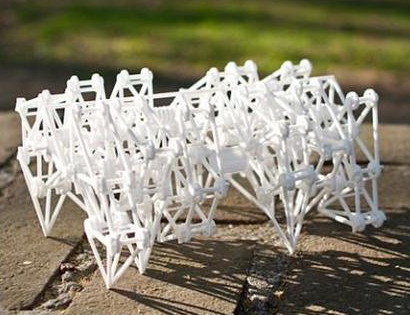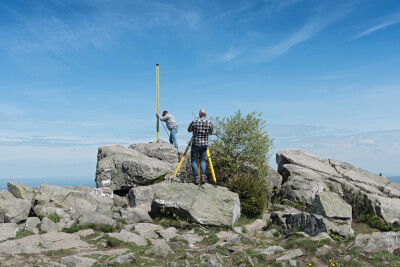NEW YORK – Last month, when online 3D print-on-demand service Shapeways landed $6.2 million in funding, it might have been easy for many to dismiss the company as consumer-oriented. Sure, it’s great if you’re looking to buy a nice bracelet for your niece’s birthday, but not something that’s likely to intersect with your day-to-day business.
Right?
Don’t be so sure.
Shapeways is already doing a great deal of work with a number of different industries, said Duann Scott, head of communications for Shapeways, “we just don’t surface it that often. They don’t want to make it public. We do a lot of things for design and architecture firms, the medical industry, the automotive industry. It’s just behind the scenes. They don’t have a Shapeways shop showing their stuff.”
While consumer-focused designers might upload their designs for public display, so that others can order a print of that design, industry types simply upload a design and order a print to be delivered.
Or more than one: “We’re seeing manufacturing operations ordering 1,000 prints at a time,” said Scott.
But, as even Scott admits, firms have had access to industrial 3D printing for more than a decade. What’s changing now?
For one, an operation like Shapeways reduces costs significantly. An architecture firm looking to print out a model, for example, doesn’t have to purchase its own printer, or use a contract 3D printing operation. Scale means an architectural scale model might cost $2,000 instead of $8,000, Scott said: “We’ve dropped the price down hugely.”
Further, printing’s capabilities have recently moved significantly forward. With laser sintering, even objects with moving parts can be printed without any need for assembly. Shapeways’ demonstration piece for this, called Animaris Geneticus Parvus, can be found here, a walking contraption with 72 moving parts.
The materials have evolved as well. Shapeways can print in any number of materials, including stainless steel. Even in titanium (though this is not currently advertised on the site). And the more complex the part is, the more sense it can make to 3D print: “There’s no cost in complexity,” Scott noted, while a complex part might cost significantly more than a simple one in a typical machining operation.
Finally, 3D data capture itself is beginning to drive Shapeways’ business, though Scott admitted it is, as yet, fairly “nascent.” What 3D data capture does, he said, is remove the barrier that is 3D CAD software. While it can be confusing and take considerable skill to design something in CAD software that would be suitable for 3D printing, software that creates printable models from photogrammetry and scanning is becoming more and more common.
“Every month,” Scott said, “we have more and more people coming through who can’t model, but want to get involved with 3D printing, and now I can say, ‘Yes you can,’ and they get super excited. It’s one of the ways to reduce the barrier of entry without having to learn 3D CAD.”
He noted that by employing the Shapeways API, software applications like Tinkercad can actually print straight to Shapeways, so that people don’t even have to switch software applications to go right from design to print and have an actual object show up at their door a couple of days later. 123D Catch users can do something similar with Autodesk’s complementary 123D Make program, moving right from capture to a “print” in the form of a cardboard model.
Further, if a software program is using Shapeways’ API, they get a cut of the revenue from the prints that are ordered.
It’s not hard to imagine the benefit that might be gained from places like tourist attractions: Instead of buying a souvenir that you then have to carry around with you, you could just select a souvenir you’d like and have it printed on demand for delivery to your door when you get home. With 3D data capture, the souvenir could even be created from your own photos – imagine downloading the Eiffel Tower app triggered by a QR code, use it to take the appropriate photos, then hit the “print” button.
Scott said Shapeways is even working on “little devices” that would capture and make 3D objects without having to have any modeling experience.
Shapeways has the capital to do the R&D, and the consumer interest in 3D printing that’s currently exploding, and data capture is likely to a be a big part of their future plans.
“I see people who’ve learned to model will continue to model,” Scott said, “but people coming to it for the first time will adapt really quickly to scanning, because people are used to taking photographs. But to learn to 3D model you have to really think about how to approach an object … it’s not that simple.”






